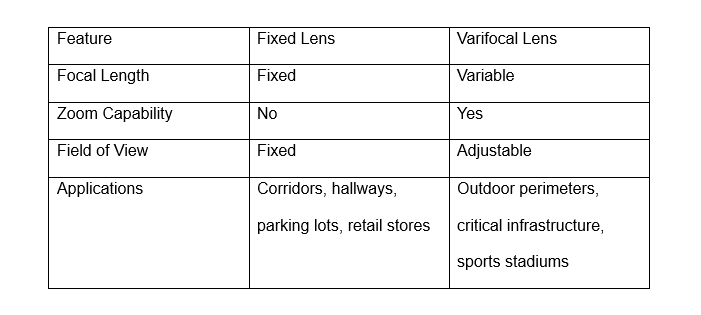
Choosing the right camera for your surveillance requirement
When selecting an IP camera, consider the following factors:
- Environment: Will the camera be used indoors or outdoors? What are the environmental conditions, for example, temperature, humidity, lighting, etc?
- Field of view: What is the desired area of coverage? Do you need a wide-angle view or a narrow field of view?
- Level of Detail: how much detail do you need to capture? Will the camera be used for facial recognition or license plate recognition?
- Budget: What is your budget for the installation of the IP camera?
- Low light performance: If the camera will be used in low-light conditions, it is important to choose a model with functions such as Starlight from UNV, high 2/3DNR (Digital Noise Reduction), or even a model with built-in LED lights.
- Network Bandwidth – take careful consideration of the MP (mega-pixel) of a network camera, some cameras can go up as much as 8MP – but this single 8MP camera will take much more bandwidth when compared to a 2MP camera.
By carefully evaluating these factors, you can choose the most appropriate IP camera to meet your surveillance requirements.
For assistance on IP surveillance-related products, get in touch with us at 012 657 9060 or sales@miro.co.za or simply order your IP Surveillance cameras online.











Comments
View Comments